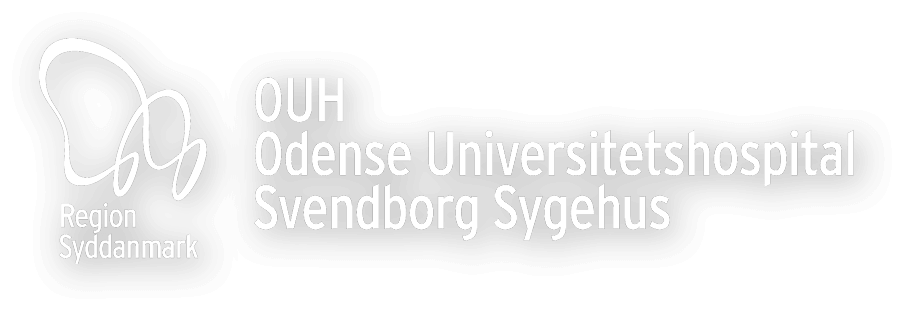WP 4
CCE in screening
Primary Investigator: Prof. Gunnar Baatrup
WP4 in a nutshell
WP4 covers the research activities related to colon cancer screening addressing the challenges of the deficiency of colonoscopies, the labour intensive workflow and the exceeded capacity on the Danish hospitals.
Relevance
The national bowel screening programme has reduced the disease specific mortality in the target group with 20 %. In those who participate, the reduction is about 30 – 35 %. The participation rate is 60%. It has given rise to an unexpected high number of colonoscopies, which is exhausting the national capacity, and a higher than expected number of procedure related complications [3, 4]. Furthermore, there might be room for improvement of both participation rate and efficiency.
Aim
To conduct a randomised trial of 124.214 screenings invites and introduce capsule endoscopy as a filter test in 2015 FIT positive screening individuals to build evidence for the use of CCE in screening. Patient’s experience, level of discomfort and complications will be registered.
Further, we wish to analyse the efficiency compared to primary OC to possible justify the removal of other cost inefficient procedures such as repeated FIT testing after very low FIT values (less than 10), follow-up OC after excision of medium risk polyps and histological examination of small polyp, and thereby keep the total costs of the program unchanged.
Design
A randomised, controlled prospective, intention to treat, clinical trial
The Zelen´s principle for pre-randomisation will be applied. Citizens between 50 and 74 years old are invited every 2nd year for Fecal Immunochemical Test (FIT) and 6.9% of the FIT’s are currently positive in the national screening programme. We intend to randomise 124.214 citizens for participation in the trial. The study will be terminated when 2.015 CCE investigations have been conducted in the experimental arm.
Approximately 2.400 OC’s will be conducted in the control arm. By including the participants at the time of invitation, we will be able to monitor if the prospect of avoiding OC will increase the participation rate. In the group receiving CCE investigation, colorectal neoplasia is expected in 1.113 participants. In the control group, 893 participants are expected to have a positive outcome.
The standard, reference arm design is equal to the current Danish screening programme with invitation to a FIT and OC if positive. During OC, all detected polyps, are excised and histologically examined. Detected cancers will follow the CRC Cancer packet.
FIT positive individuals will be invited to a CCE investigation
In the experimental arm, FIT positive individuals will be invited to a CCE investigation. Those who have a polyp ≥10 mm or at least three small adenomas will be invited to OC.
These are polyps categorised as medium- or high-risk polyps. Participants with a negative CCE will receive an 8 years screening quarantine and those with less than three small (less than 10 mm) (low risk polyps) will re-enter the biannual FIT programme. Detected cancers will follow the CRC Cancer packet. Patient reported outcomes and complication rates will be measured.
The intention is to test a new protocol for screening and by substituting less cost-effective measures with more cost-effective measures, improve the effect of screening and reduce the number of OC´s and complications within an acceptable economic frame.
Timeline
The first patient will be included medio 2020. Inclusion will be ended after 18-24 months.
References
- Steffenssen, M.W., I. Al-Najami, and G. Baatrup, Patient-reported minor adverse events after colonoscopy: a systematic review. Acta Oncol, 2019. 58(sup1): p. S22-s28.
- Steffenssen, M.W., et al., Patient-reported complications related to colonoscopy: a prospective feasibility study of an email-based survey. Acta Oncol, 2019. 58(sup1): p. S65-s70.

